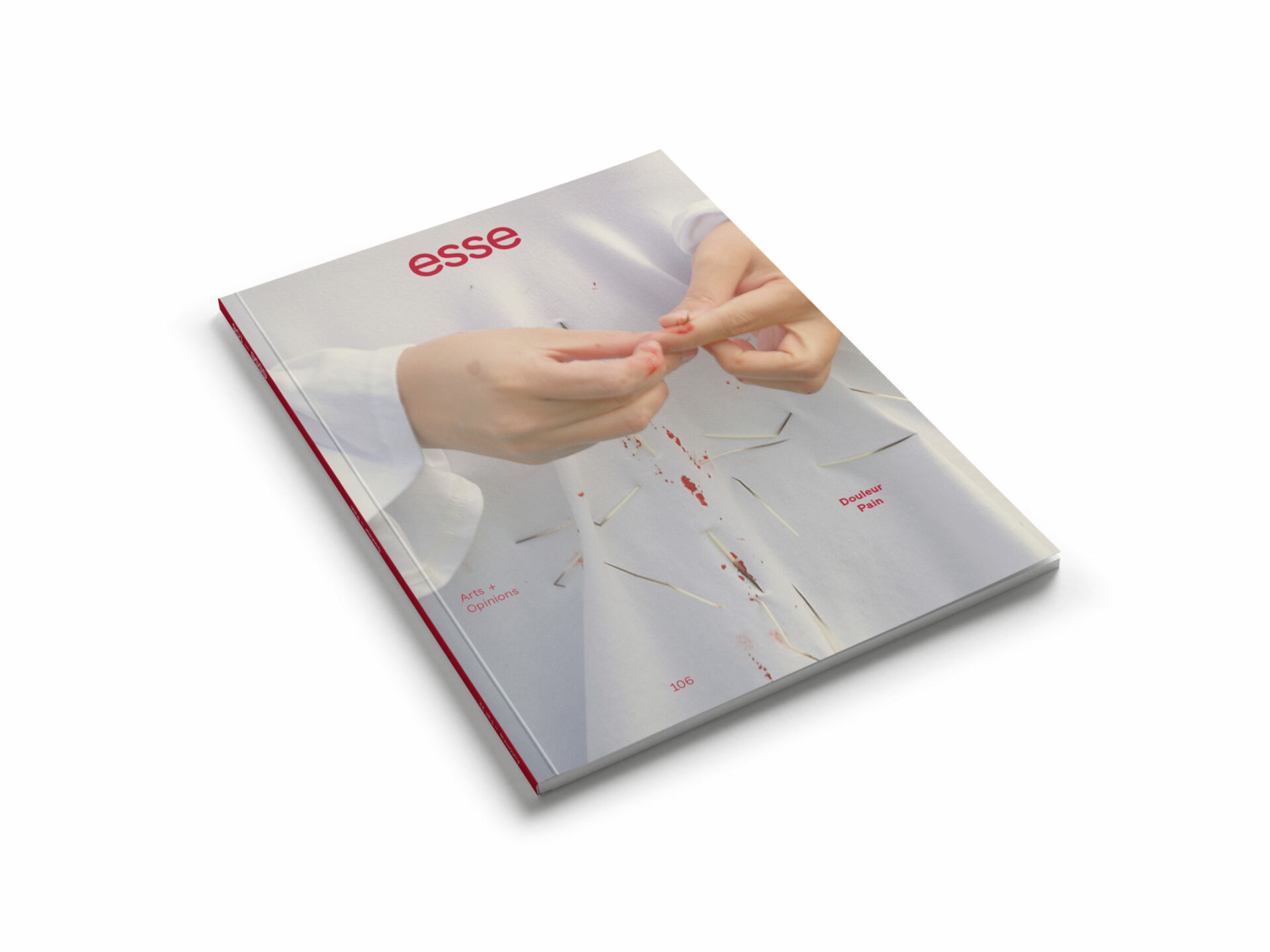
Photo: courtesy of the artist
Care for Becoming: Sisters in Motion feat. d’bi.young anitafrika
In a talk given in Chicago on December 28, 1977, poet Audre Lorde stated that, following the discovery of a potentially malignant tumour two months earlier, she had felt compelled to examine her life through the unforgiving lens of urgency: “What I most regretted were my silences. Of what had I ever been afraid? To question or to speak as I believed could have meant pain, or death.”1 1 - Audre Lorde, “Transformation of Silence into Language and Action,” in Sister Outsider, Essays and Speeches (New York: Random House, 1984), 41. For Lorde, the countless reasons behind women’s silence, muzzled and invisibilized as they were for so long, are rooted in the fear of visibility — visibility paradoxically being necessary to their taking back full control of their lives. That day, Lorde called upon all women to transform silence into language and action, and she emphasized the specific vulnerability of Black women, who carry the additional burden of having to fight for visibility within feminist movements.
